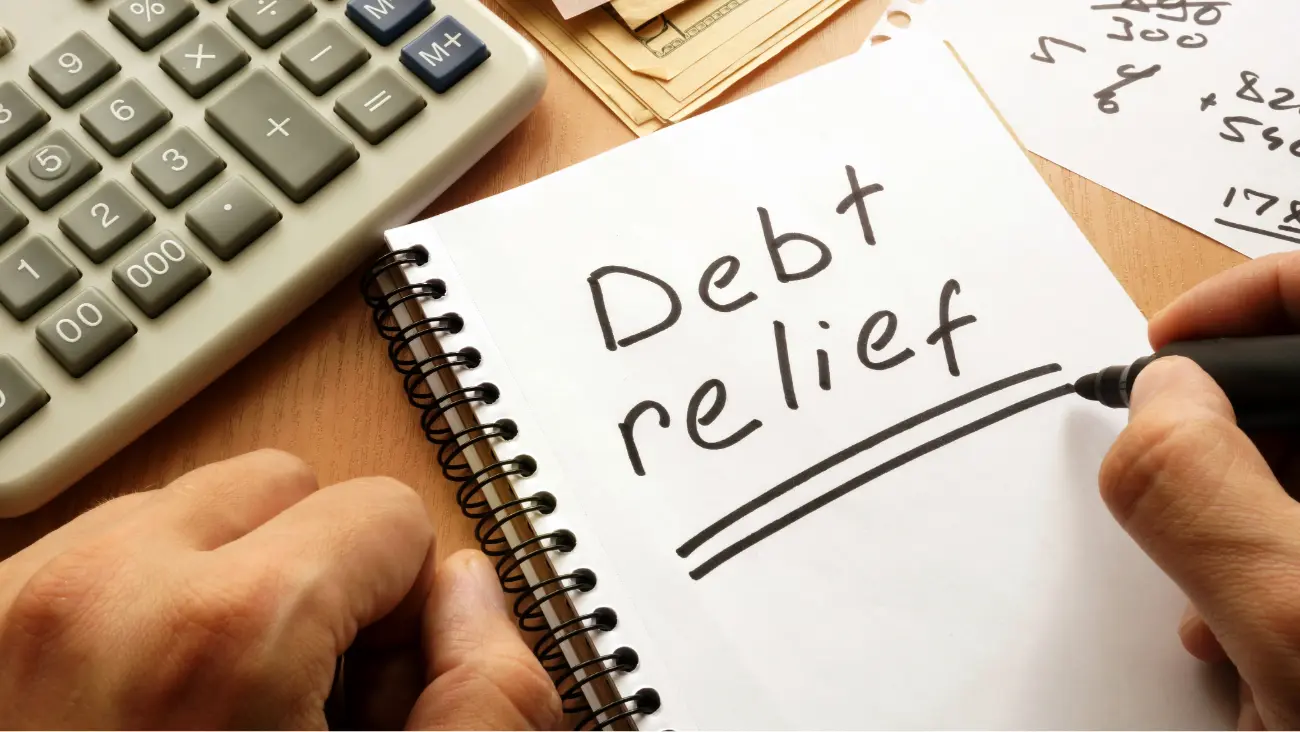When it comes to your bills, the minimum payment on your credit card statement is one of the most important numbers you need to pay attention to. If you carry a balance on your credit card, the card issuer can calculate a minimum payment that you must make that billing cycle to keep your account in good standing.
The minimum payment is the lowest amount you are allowed to pay to stay current. The amount of your balance can affect how it is calculated.
How is Your Credit Card Minimum Payment Calculated?
1. Flat Percentage of Your Balance
Some cards use a flat percentage of your balance to calculate your minimum payment and don’t factor in interest and fees. A typical flat percentage rate is 2%. So, if you have a statement balance of $1,000, the minimum payment will be $20. Your payment is applied toward both your interest, fees and principal.
2. Percentage Plus Interest and Fees
Other card issuers charge a smaller flat percentage rate – often 1% – then add on any interest and fees that have accrued. If you have a balance of $1,000, accrued $16 in interest and you have no additional fees, your minimum payment is 1% of your balance – $10 – plus $16 in interest for a total of $26.
3. Fixed Dollar Amounts
If you carry a smaller balance on your credit card, typically between $25 and $1,000, your minimum payment may be a fixed dollar amount, like $25, that is outlined in your credit card agreement. Every card has a fixed floor rate for minimum payments when your balance falls below a certain threshold.
4. Remaining Balance Owed
If you have a very small credit card balance that comes under the fixed floor rate, your minimum payment may simply show as the total statement balance. For example, if your balance is $15 and the minimum fixed floor rate is $25, then the minimum amount owed is simply $15.
Should You Only Pay the Minimum on Your Credit Card?
When reviewing your credit card statement, always look at the minimum payment. This is what you must pay to keep your account in good standing and avoid late fees, late payments on your credit, penalty interest rates and other negative consequences. But it’s always a good idea to pay more than the minimum payment.
Paying only the minimum could affect your credit utilization ratio, depending on how big a balance you have on your card. Credit utilization is the amount of available credit that is currently taken up by debt. If it’s too high, it can drag down your credit score. Only paying the minimum can make it difficult to meaningfully lower your credit utilization from month to month.
Only paying the minimum can also cost you a lot more in interest over time. The larger your balance, the more you pay in interest, which can add up to thousands of dollars in the long run. Whenever you can, pay more than the minimum payment to reduce the interest you can be charged in the future. Ideally, pay off your balance in full every month.











